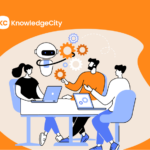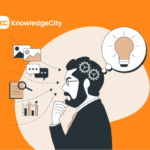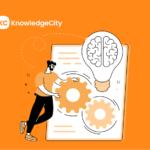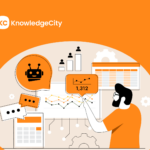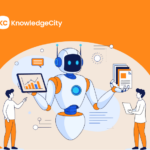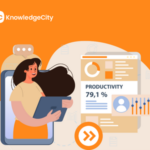The rise of AI in the workplace is not slowing down; if anything, it’s accelerating. From automated insights in business intelligence tools to virtual assistants in HR software, employees are interacting with AI in more ways than ever. With this convenience comes a critical need: the ability to judge AI outputs with clarity and confidence.
Not every AI-generated suggestion is correct, unbiased, or even useful. When employees rely too heavily on AI, or dismiss it too quickly, the quality of their decisions declines. This is where HR and L&D leaders can make a real difference by helping employees build the skills they need to work with AI thoughtfully and responsibly.
In this blog, we’ll explore where AI judgment tends to break down, what influences better decision-making, and practical ways HR and L&D teams can build these skills into training.
Why AI Judgment Matters in the Workplace
When employees aren’t sure how to judge AI results, a few problems can surface:
The ability to judge AI is becoming a core part of workplace decision-making.
Where Judgment Breaks Down
Here are four patterns where employees typically misjudge AI:
1. Overreliance on AI confidence
AI often presents information with high certainty, even when it’s wrong. Employees may interpret this confidence as accuracy, especially when results are cleanly packaged or visualized.
2. Misunderstanding what the tool is doing
Many AI tools operate as black boxes. If an employee doesn’t understand how results were generated, they may not know what assumptions or limitations are baked in.
3. Lack of comparative thinking
Employees may fail to compare AI output with past data, real-world knowledge, or team insights. They take the AI output at face value without considering alternatives.
4. Missing context
AI may overlook nuance, culture, time-sensitive relevance, or human experience. Judgment suffers when employees don’t fill in the missing context before taking action.
What Influences Better AI Judgment?
Accurate AI judgment is a mix of mindset, skill, and environment. These are the core elements:
Practical Steps HR and L&D Can Take
1. Build Evaluation Exercises into Training
Don’t just teach people how to use tools. Build in case studies where they must evaluate AI results. For example:
- Ask employees to review multiple AI outputs and decide which is most useful and why.
- Present a flawed output and have them identify what’s wrong or missing.
- Provide the same AI result in different contexts and discuss how interpretation changes.
2. Teach Key Questions to Ask AI Tools
Equip employees with a repeatable framework. Before accepting AI output, they should ask:
These questions can be embedded into job aids, team processes, or learning portals.
Clear, well-structured prompts also play a key role in getting useful results from AI. Our blog on training your team to use AI more effectively through better prompts dives deeper into how prompt quality shapes AI output and how employees can get better at it.
3. Train on Cognitive Bias in AI Judgment
Judgment is shaped by internal biases too. Help teams recognize common patterns like:
Bringing these into awareness encourages slower, more deliberate thinking and leads to better decisions.
For a closer look at how mental load and overreliance on AI affect learning and decision-making, our blog on the cognitive cost of AI in learning offers key insights every HR and L&D leader should understand.
4. Encourage Team-Level Sense-Checking
Create spaces where AI-supported decisions can be reviewed with peers before execution. Collaborative critique builds collective judgment and improves decision quality. For example:
- Include brief AI review checkpoints in recurring team meetings
- Use peer-to-peer review for AI-based decisions on high-impact issues
- Develop shared evaluation rubrics to assess AI-generated outputs together
5. Integrate Ongoing AI Literacy Moments
AI judgment is not a one-time skill. Offer continuous learning opportunities to help employees deepen their understanding over time. Consider:
- Short monthly refreshers or micro-lessons on evolving AI use cases
- Real examples where AI outputs were helpful or misleading
- In-tool nudges or checklists that prompt users to verify outputs
6. Define When to Trust Human Judgment First
AI should support, not replace, human expertise, especially in sensitive areas. Help employees recognize when human input should come first by:
- Identifying scenarios where AI guidance must be reviewed or challenged (e.g., hiring, employee feedback, ethical concerns)
- Encouraging people to form their own opinions before checking what AI suggests
- Framing AI as a support tool, not a final decision-maker
7. Measure and Reinforce Good AI Judgment
Treat thoughtful AI use as a performance behavior that can be developed and recognized. You can:
- Include AI judgment as part of learning goals or feedback loops
- Highlight strong examples of AI evaluation during team retrospectives
- Recognize employees who consistently apply critical thinking when using AI tools
How KnowledgeCity Supports This Capability
At KnowledgeCity, our courses are carefully developed by university professionals and industry experts to ensure they are relevant, practical, and aligned with today’s workplace demands. Rather than focusing solely on technical tools, our content builds the underlying skills needed to:
- Understand how AI decisions are formed and why they matter
- Weigh digital outputs against real-world context
- Evaluate tools based on data quality, fairness, and logic
- Build digital confidence without falling into blind trust
Whether you’re upskilling teams in operations, sales, or HR, our courses help strengthen the thinking behind the tools, so your people can use AI wisely, not passively.
Subscribe to Our Newsletter
Join 80,000+ Fellow HR Professionals. Get expert recruiting and training tips straight
to your inbox, and become a better HR manager.
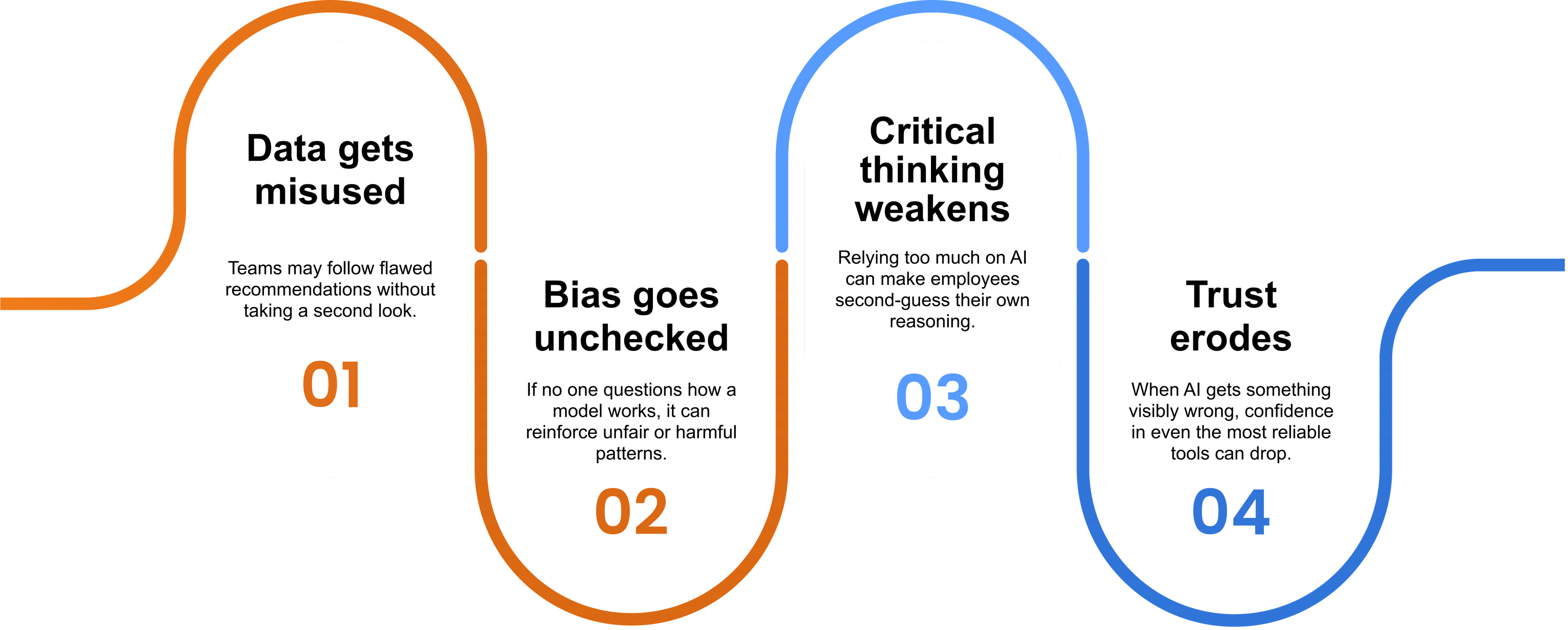
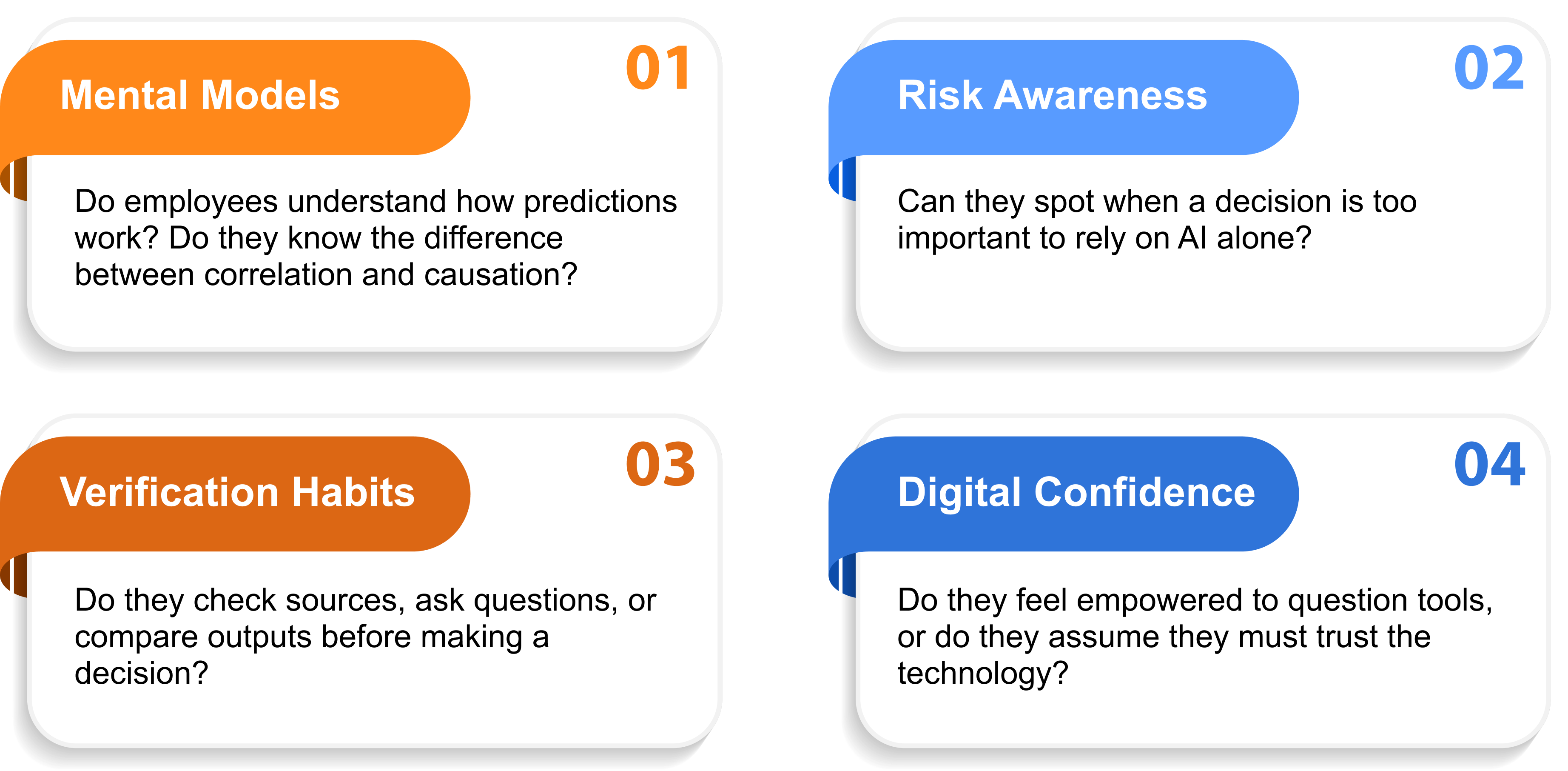

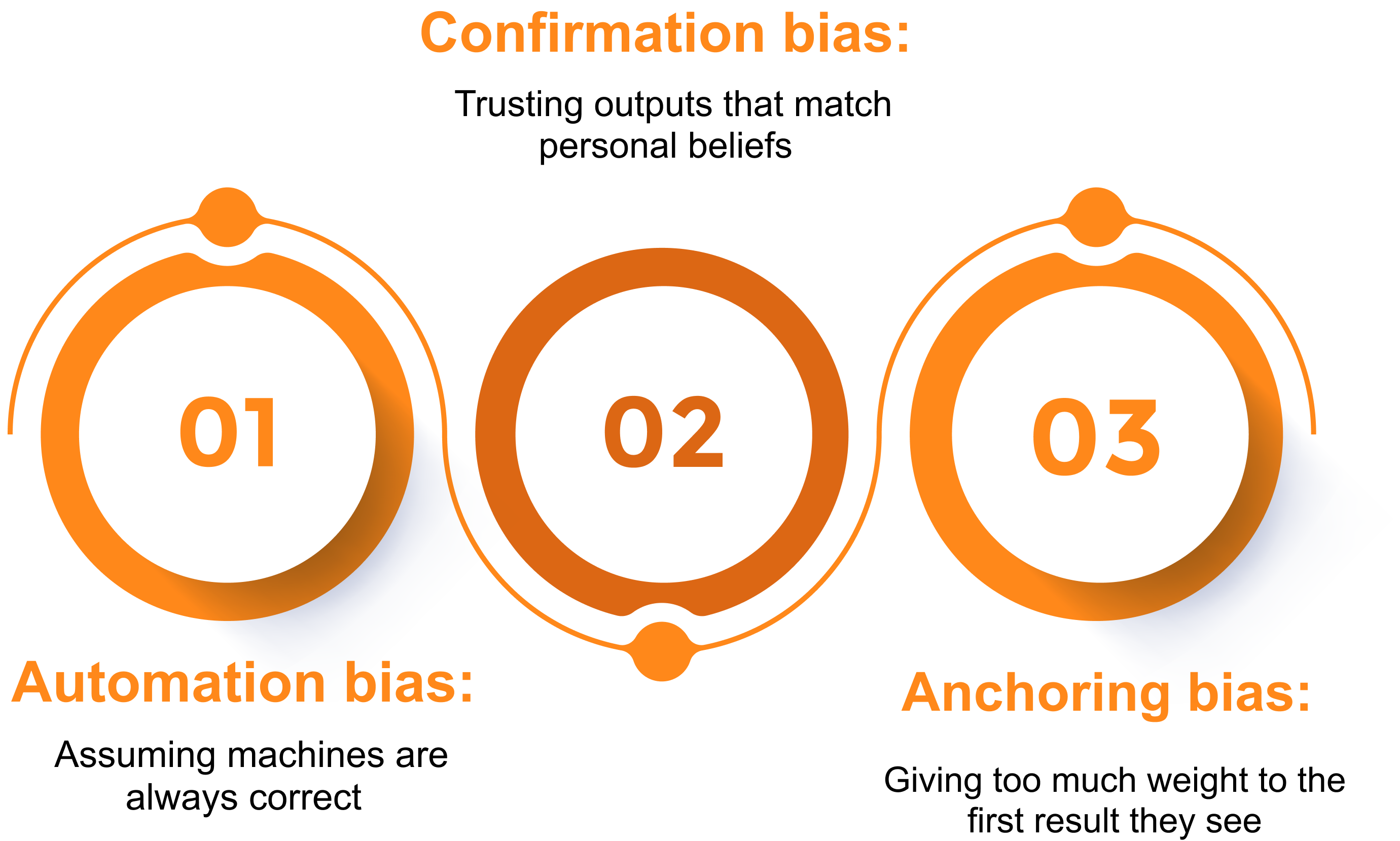

 KnowledgeCity
KnowledgeCity 




